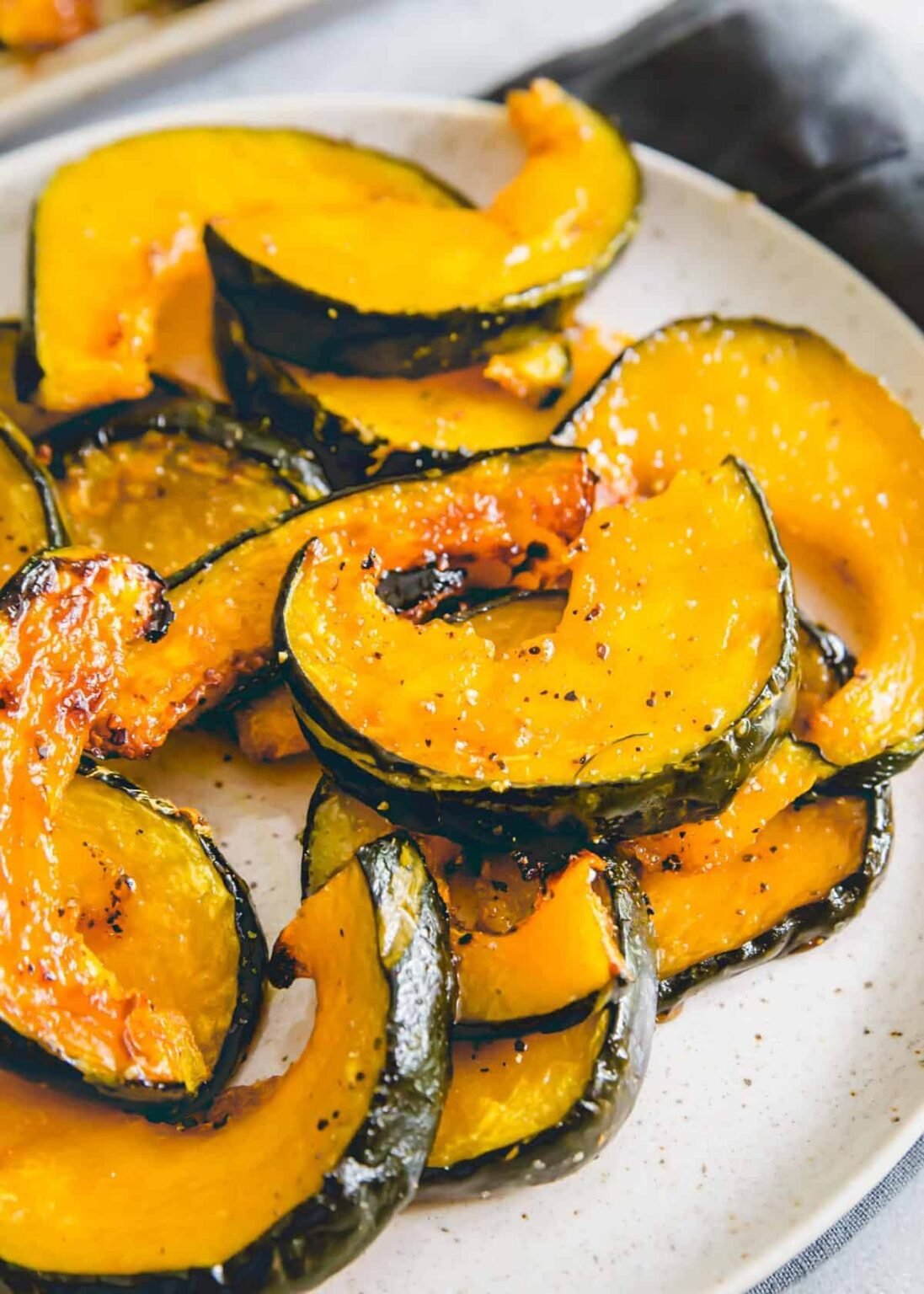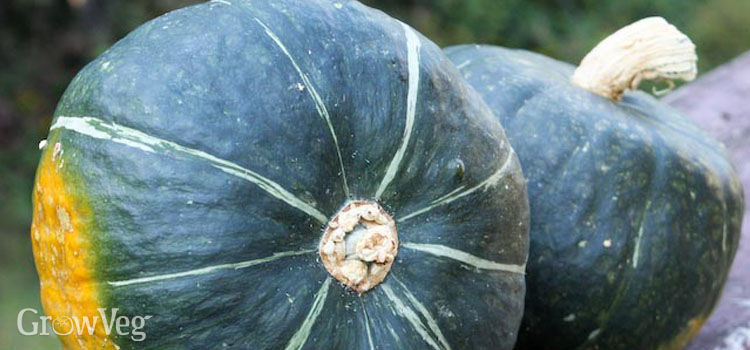

Make sure to drain well.īoiling is a great cooking option for when you intend to puree the squash. While dependent on the size of your cubes, this shouldn’t take much longer than 10 minutes. To boil buttercup, I like to chop the squash in cubes and add it to boiling, salted water. STOVE-TOP METHODSīoiling and steaming are two easy stove-top methods and are great in that they both help keep the squash tender and moist. With that in mind, there are a quite a few ways to cook buttercup squash. I love squash that don’t require peeling, it makes dinner prep that much easier! Just like in this kabocha squash chili, you can cook the squash with the rind still intact and it will soften up along with the flesh to enjoy as an edible part of the meal!ĭelicata is another one that doesn’t require peeling either and I love enjoying it roasted and stuffed for exactly that reason – you can eat the whole thing! One of the best features of buttercup squash is that the rind is edible! With its rich yellow/orange color, it’s packed with vitamin A and beta carotene. Like all winter squash, buttercup is a great source of fiber and a deliciously satisfying lower carbohydrate side dish option. The two squash taste very similar despite looking quite different. It would make a great baking substitute for pumpkin (like in these parmesan pumpkin scones) or butternut (like in these butternut squash biscuits) once baked and pureed.īuttercup squash was actually used as one of two squash (the other being butternut) to breed honeynut squash. Not stringy at all like spaghetti squash or even acorn can sometimes be. It sweetens up beautifully when cooked and the flesh is nice and smooth textured. To me, it’s most like kabocha squash in sweetness and flavor.

One of the reasons it’s worth seeking out a buttercup squash is because of it’s delicate sweet flavor. You can see a picture of that type of buttercup squash in this Thai buttercup squash soup recipe. Other times, however, the top where the stem is will have a domed little circle (usually a light green color) sort of popping out. It can be a little bit confusing when they look like this to decipher a buttercup from a kabocha squash.
Sometimes, it will look exactly like the picture above – a mostly dark green, somewhat short and flat shaped squash with a few streaks of light green on the sides and a top that just has a normal looking stem coming out the center. This is the tricky part because buttercup squash can actually look a little different from one to the other! It’s very similar to koginut squash and sweet dumpling squash in that regard, another more unique winter squash worth trying! WHAT DOES BUTTERCUP SQUASH LOOK LIKE? It’s a bit more unusual than other winter squash but worth seeking out!

You may be lucky enough to grab one of these guys at your local grocery store but chances are more likely you’ll find buttercup squash at your local farmers market or farm stand during the fall or winter seasons. We’ll touch on everything from where to buy it to the best ways to cook buttercup squash and then a simple oven roasted buttercup squash recipe that uses maple syrup to really amp up the fall flavors. So, we’re going to dive deep into it today! I wrote an entire guide to winter squash a bit ago and while I covered the basic winter squash in that article, buttercup wasn’t really on my radar back then. Learn the best ways to cook it including this simple method for roasting in the oven until sweet and caramelized.īuttercup squash is one of the many fall squash varieties but a little less well known than some of its relatives like butternut, spaghetti, acorn or even delicata and kabocha. Buttercup squash is an often overlooked member of the fall squash family.


 0 kommentar(er)
0 kommentar(er)
